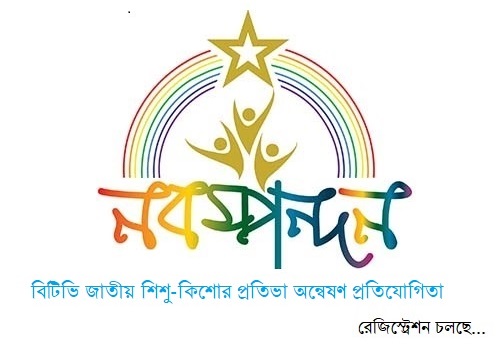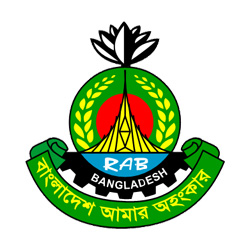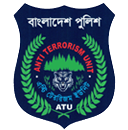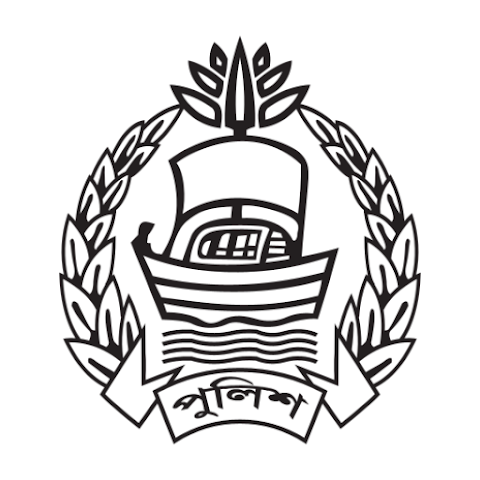গবেষণা ও মান নিয়ন্ত্রণ
RESEARCH DIVISION:
Bangladesh is a developing country. Jute is its prime crop, which still earns more than 7-8% of its foreign currency. Since liberation of the country in the year 1971, we engaged our all efforts for the improvement of jute goods market in the world by introducing extensive efforts in the process of Research and Quality Control activities in the mills and manufacturing goods as per present market demand.
The Research Division of Bangladesh Jute Mills Corporation with the help and assistance from different Research Organizations and Institutions of the country has been working to introduce innovative diversified use of jute goods.
The growing awareness of harmful effect of synthetic products and their disposal problems particularly in the developed countries has rekindled a new hope for the natural fibres and their products.
Jute sector has also succeeded in capitalizing this global situation by introducing newer and diversified products to the consumers. Different entrepreneurs have come forward at their own and also with the assistance of BJMC to develop and produce an array of diversified products of jute.
Research Division BJMC was established in 1984. Its functions and activities are as follows :
- Responsible for initiating and maintaining close collaboration and coordination in research and product development activities with Bangladesh Jute Research Institute BJRI (Technical), Jute Diversification & Promotion Centre (JDPC), International Jute Study Group (IJSG), Bangladesh Standard & Testing Institute (BSTI), Bangladesh Council of Scientific & Industrial Research (BCSIR) and other research organizations of the country.
- Responsible in preparing counter samples of diversified products and food grade jute bags in collaboration with the Production Dept. of BJMC as per buyers’ specification and requirement.
- Preparation of newer products for further diversification of jute goods.
A few of the new diversified jute items that were developed by Research Division and their usage are stated below:
Jute Blanket
With the help of special chemical treatment jute yarn has been woolenized which is being used to produce jute Blanket. Presently the whole capacity of Amin Jute Mills’ production of Jute Felt Blanket and Woven Jute Blanket, which are sold to the different organizations, has been increased.
Union Fabric
BJMC set up a pilot project namely “Development of Decorative Fabric” (DDF) in the Karnafuli Jute Mills in Chittagong under EEC Grant to produce decorative fabrics with jute and other blended yarn. These fabrics are widely used as curtains, upholstery, rugs and in making different types of fashion handbags and lady’s bags, carry bags etc.
Union Canvas
Union Canvas produced in combination with 48% jute and 52% cotton. This fabric can be used in upholstery, different types of fashion handbags, lady’s bags and file covers which are used in BJMC head office and all of the BJMC mills.
Garbage Bags
BJMC developed a garbage bag made of wide-meshed and lightweight hessian cloth as a substitute of synthetic bags. These bags can be used for disposal of dry leaves during the fall, grasses of kitchen garden and household dry wastes.
Printed Bags
Screen-printed bags, jute shopping bags, food-grade jute-bags are printed in waterproof colour according to the design and logo provided by the buyers.
Jute decorative and Consumer Products
BJMC developed eco-friendly jute decorative and consumer products, such as carry bags, shopping bags, portfolio bags, lady’s purse, hand and shoulder bags, school bags, bottle bags, ventilated bottle bags, prayer mats, file covers, soft luggage, seminar and conference bags, jute slippers, foam bags, fashion bags, kitchen aprons, jute wall hanging calendars, jute union fabrics and canvas, bleached and coloured fabrics, designed and coloured curtains, sofa and cushion covers, various household items, such as mats, table cloths and other special products to meet household consumer requirements.
Jute Nursery Sheets and Pots
Nursery pots made of polyethylene are being used for germination and growing seedlings of seasonal and floral plants before they are transplanted in permanent locations. It has been found that as many as 30 to 50 per cent of young plants get injured and damaged when the wrapping or pots are removed for re-plantation, which has proved not only impracticable and uneconomical but hazardous as well.
Considering these factors, BJMC developed alternative nursery sapling pots of jute fabrics with time dependent chemical treatment to increase the longevity of the pots. With these jute nursery pots, transplantation to permanent locations can be directly made in the soil thereby saving time and considerable loss of expensive nursery plants and saplings from subsequent handling.
Roots of the plants can easily pass through the Jute nursery pots and expand in the soil. Excessive water can also come out of the jute nursery pots easily. It is, thus, hoped that jute nursery pots and sheets will have voluminous use all over the world and hopefully open newer avenues of eco-friendly jute.
Food-grade Jute Bags
The use of Food Grade Jute Bags is increasing rapidly at home and abroad. It is environment friendly and free from any sort of contamination. Traditionally jute fibre is treated with mineral-based Jute Batching Oil (JBO). The hydrocarbon content in the mineral oil was found to be contaminating the food grain or other food products packed in those bags.
To avoid the contamination, BJMC started treating the raw jute with vegetable oil to produce food-grade jute bags as per IJO Standard 98/01. These bags are being used in packing of materials like Cocoa Beans, Coffee Beans and Shelled Nuts. Now many countries have standardized their import of bags to be treated or processed with vegetable oil meeting IJO Standard. BJMC’s products have been accepted by various European laboratories and end users. BJMC’s food-grade jute bags are distinctly marked attaching a label to each bag.
QUALITY CONTROL DIVISION:
Prior to liberation of Bangladesh only a few big jute mills had the facility for undertaking in-process quality control facilities. After liberation, in most of the Mills in-process quality control facilities have been provided. The basic objectives of the system are:
- to fulfill the buyers’ need with required specification.
- to reduce production of defective goods.
- to reduce overall stage-wise wastage.
- to improve productivity and reduce cost.
- to guide and control the whole production process
- to develop quality consciousness.
Stagewise in-process quality control activities in the mills:
I) Moisture checking of raw jute : Moisture percentage in raw jute plays a most vital role in jute trading, stocking and processing. The standard percentage is:
Moisture Regain
a) July – October - up to 21
b) November – June - up to 19
II) Morrah weight checking : Considering the frequency of feeding and clock-length of the spreader/breaker card, jute morrah size at 1000 gm with a tolerance of + 10% has been fixed.
III) Emulsion/Emulsion application : Emulsion stability and percentage of oil in emulsion is normally checked twice a day to identify the oil content going with jute and its homogeneousness as emulsion. A good emulsion should remain stable at least for 24 hours and oil content in emulsion should be as per buyers’ requirement.
Emulsion application on jute is done according to quality of fibres and its suitability for process. If application is not uniform, the presence of emulsion in fibre will vary which results irregularity in fibre movement in onward process.
IV) Piling : After application of emulsion, jute morrahs are arranged in the pile form to assist the bacterial growth in fibre, which helps to increase the spin-ability of hard natural jute fibre.
V) Carding : In this stage jute is converted into fleece having a definite weight for definite length. In normal process, two cards are used i.e. Breaker Card and Finisher Card.
VI) Drawing : It is the process in which slivers are brought into more uniform and suitable condition to shorten spinning frame by doubling and drawing action.
VII) Spinning : There sliver is converted into required count of yarn according to the need of immediate next process.
VIII) Winding : In this state yarns are divided into two sets : one set is warp, taken in spool form and another is weft taken in cop form. Quality Control here checks mainly bad knots, bad winding and quality mixing so that these faults cannot affect the weaving performance.
IX) Beaning/Starching : In this stage Quality Control personnel check the number of yarn in the beam and condition of beaming as good beam is a pre-condition for good weaving. Before beaming, yarn is dressed with cooked starch to assist in weaving performance.
X) Weaving : Detailed specification of cloth is checked here on the basis of random sampling on loom. Any deviation from the standard specification in respect of width, porter, shots, weight or any other weaving defect is communicated to floor personnel by Quality Control people for spot rectification.
XI) Finishing : This process includes damping, calendaring, lapping for cutting and bundling. For every step here, Quality Control collects sample on random basis for defect/variation detection. The findings are distributed among the related production personnel for taking immediate remedial measures, if required.
XII) Baling : In this stage, Quality Control has introduced normal in-process as well as compulsory pre-shipment survey of all finished goods. Bales dimension Hy/Lt corrected net. wt. Moisture percentage, any weaving/finishing defect and detail cloth specifications are checked at this stage to justify whether the goods are fit for shipment or not.






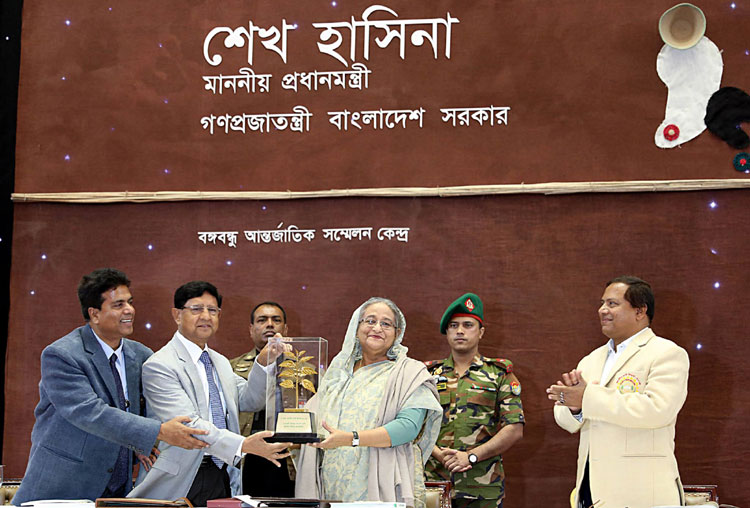


.jpg)
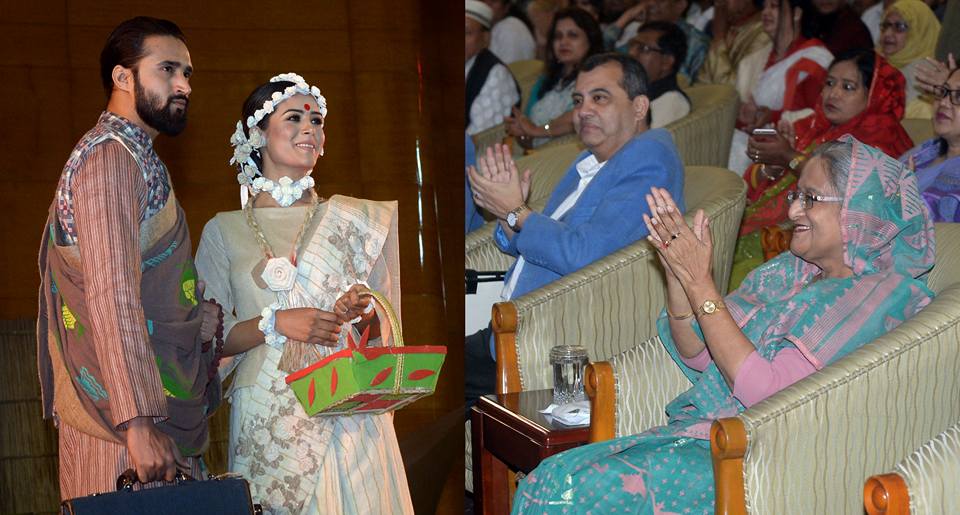






.jpg)









